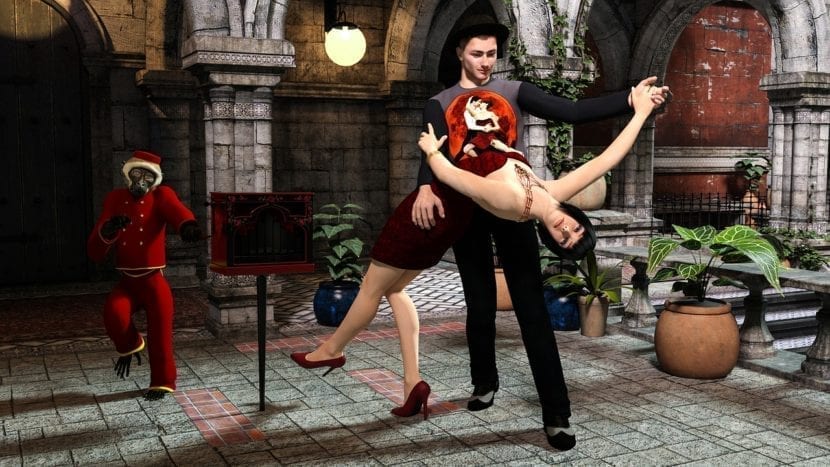
Understood as an artistic language as indigenous as it is universal, dance speaks for itself about different parts of the world depending on the color, technique or folklore that inspire it. These 8 dances of the world they are the best example of a planet as varied as it is fascinating.
Kabuki
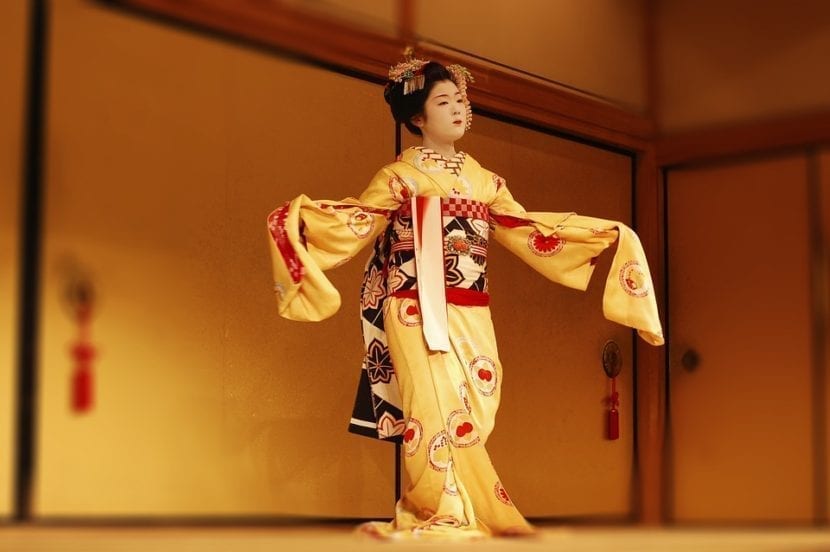
One day in 1602, a miko, or servant of a Japanese temple called Izumo no Okuni began to rehearse a type of dramatic dance next to the Kyoto River in which she staged different situations of the daily life of the women of the area. Centuries later, kabuki, whose individual characters mean singing, dancing and skill, make up one of the most curious types of dance in the world. A technique applied to a japanese theater in which the actors, smeared in makeup and dressed in expensive costumes, interpret stories divided into historical, domestic and dance genres that unfold throughout the country. The kabuki itself was designated Intangible Heritage of Humanity by UNESCO in 2008.
Russian ballet
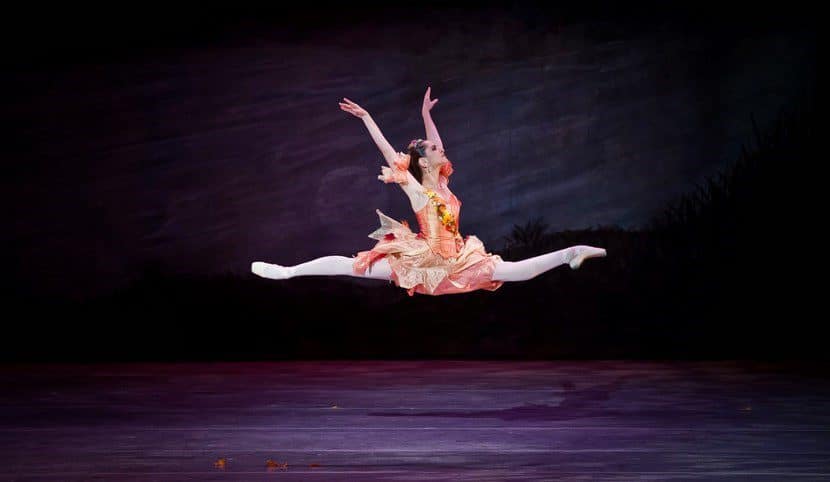
Despite being born in France many years before, Russian ballet arrived in the early XNUMXth century to reinvent a doldrums genre. Conceived as a more innovative and novel trend, the Russian ballet was promoted by the Russian businessman Sergey Diaghilev based on different stories of national folklore (The Firebird or Swan Lake are some examples), in addition to musical pieces composed by authors Russians to accompany a scenography marked by a body language in which the dancer must be trained from a young age. Unlike French, the dynamism and vitality of Russian ballet This type of dance rebounded, becoming a phenomenon wherever the tours arrived, from Spain to the countries of Eastern Europe.
Tango
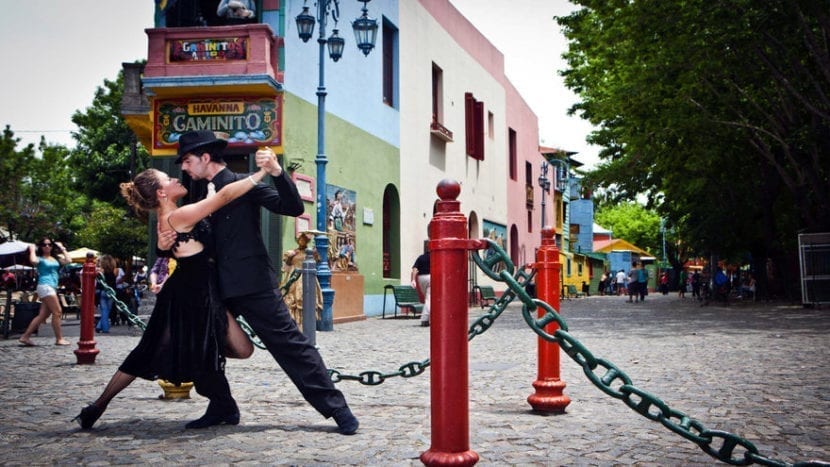
Conceived as the result of the strong migratory influences, both European and African, and properly Latin American, tango was born in the Argentine region of Río de la Plata at the end of the XNUMXth century to consolidate at the beginning of the XNUMXth. A sensual dance in which two lovers evoke a passionate and dramatic body language while the music guides them, the eyes make love and a rose hangs in the mouth. Without a doubt, one of the most characteristic dance genres in Latin America and one of the best exporters of the culture of an Argentine country that filtered its high multi-ethnic component through the tango bars. Without a doubt, one of the most characteristic dances in the world.
Twerking
It is believed that "perreo" or "grinding", concepts linked to the more global "twerking", was born in the late 90s in Puerto Rico to end up infecting the rest of the Caribbean and go viral all over the world. A sensual dance in which one of the members imitates the dog's posture during intercourse, crouching down and contorting the hips whose arrival in popular culture took place in 2013 after the performance of singer Miley Cyrus at the MTV Video Music Awards. Inherent to the tropical and especially island culture of America, twerking is a type of dance that is as controversial as it is universal.
agbadza
When it comes to understanding dance, Africa is emerging as a continent from which different styles and genres from all over the world drink thanks to the wide melting pot of cultures and tribes that make it up. One of the best examples is the agbadza dance of the Ewe tribe of Ghana, although it is also famous in Togo and Benin. Recurring at funerals, weddings and celebrations such as the Hogbetsotso Festival, the agbadza is also known as "The chicken dance", as it simulates bird movements for a dance that, unlike other typical Ghanaian dance, does not exclude any participant based on their gender, age or religion.
Samba
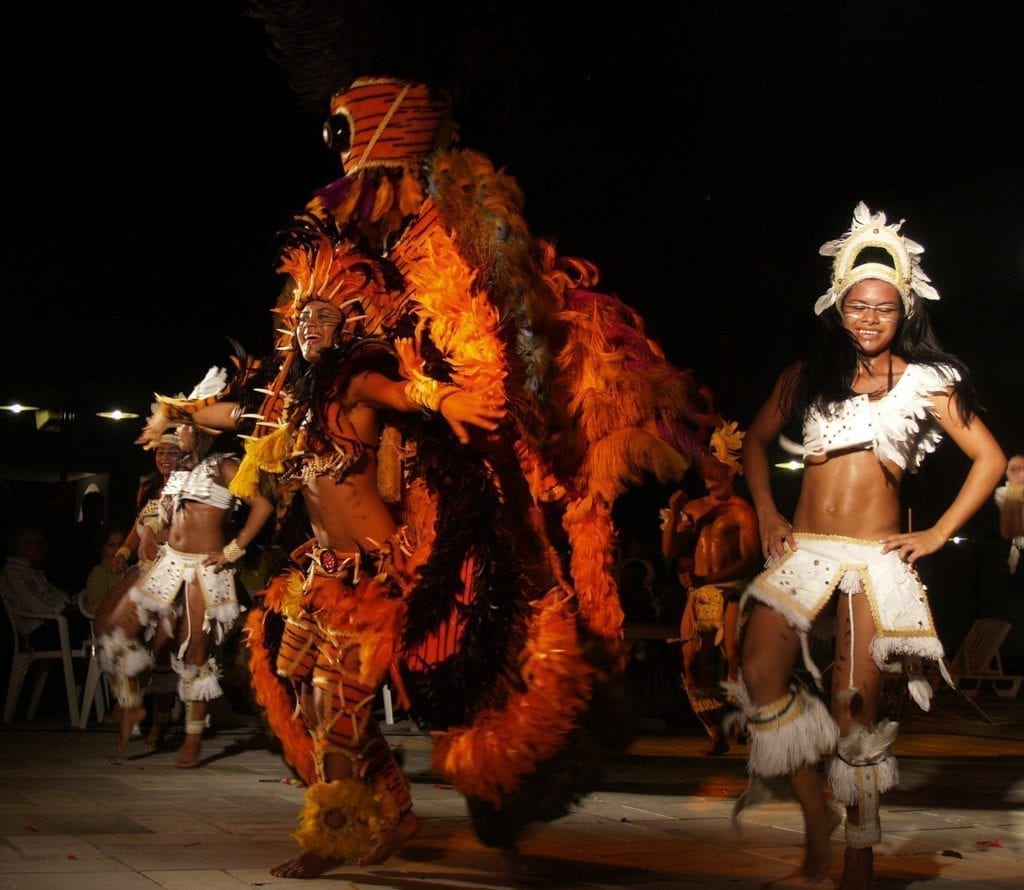
African music and its influence, as we mentioned in the previous point, has influenced musical and dance genres as characteristic as samba. Emblem of a Brazilian culture that loves color and party, samba comes from the different dances performed by African slaves brought to Brazil and that after the abolition of their yoke they were in charge of expanding it throughout the Rio de Janeiro giant. While there are several styles, samba born in Bahia is characterized by the use of Congolese instruments, melodic phrases and a dance in which the shaking of the hips takes precedence over the rest of the body to give a tribute to the life and spirit of those hundreds of years ago who took refuge in music during their transatlantic voyages.
Kathakali
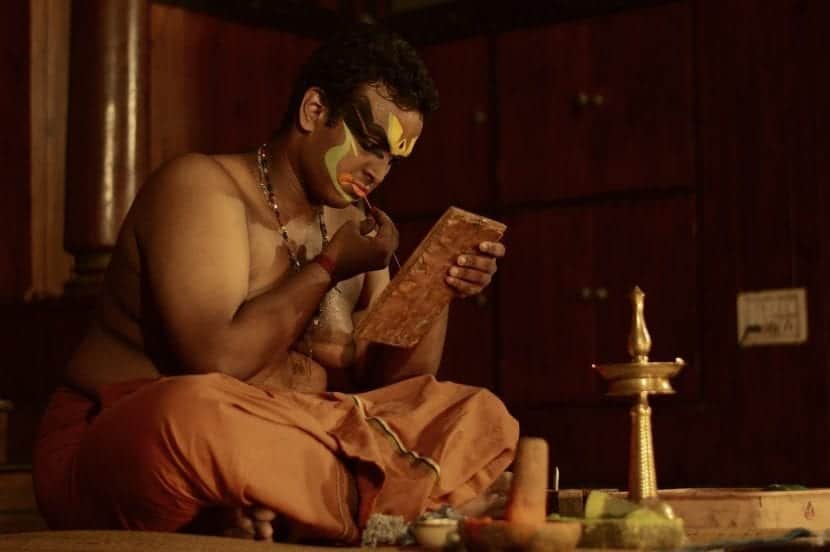
If you visit the tropical state of KeralaIn southern India, you may find yourself with girdled actors in ornate suits and under a layer of makeup from hours of work. These are the main members of the kathakali, a type of classical dance from South India in which actors and dancers perform different classical legends just by relying on dance steps, facial expressions or the famous mudras, a type of hand gesture typical of the subcontinent. A dance in which total control of the body and its gestures prevails when it comes to inspiring a feeling or emotion without giving up the best tropical narrative.
Flamenco

Samba, kathakali, yes, but what about flamenco? Style coined by the hodgepodge of cultures that germinated in Andalusia at the end of the XNUMXth century and which was especially promoted by the gypsy ethnic group, flamenco encompasses a style of music performed through a dance that sways between the palms, the melody of a guitar and cante. Components expressed through soft and emotional movements that make up different derived dances such as the joy, the bulería or the soleá. Undoubtedly, one of the most characteristic dances in the world, whose great international projection and positive effects came to coin what is known as «flamenco therapy».
With which of these dances of the world do you prefer?